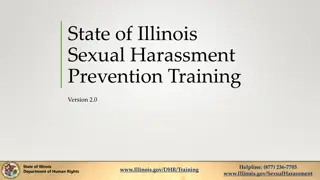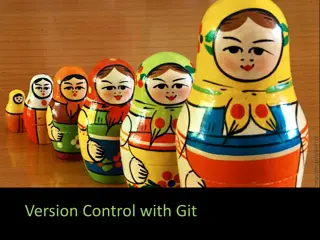Insights into Youth Gangs in Victorian and Edwardian London
Explore the character and extent of gang conflict, the criminal justice system's handling of gang crime, and lessons from historical gangs in Victorian and Edwardian London. Uncover details about gang prosecutions, demographics, territorial division, and structural factors influencing gang activity. Gain a deeper understanding of hooliganism, gang members' occupations, and notable criminal cases.
Download Presentation

Please find below an Image/Link to download the presentation.
The content on the website is provided AS IS for your information and personal use only. It may not be sold, licensed, or shared on other websites without obtaining consent from the author.If you encounter any issues during the download, it is possible that the publisher has removed the file from their server.
You are allowed to download the files provided on this website for personal or commercial use, subject to the condition that they are used lawfully. All files are the property of their respective owners.
The content on the website is provided AS IS for your information and personal use only. It may not be sold, licensed, or shared on other websites without obtaining consent from the author.
E N D
Presentation Transcript
Youth Gangs in Victorian and Edwardian London Heather Shore Cultural Studies and Humanities, Leeds Beckett University
Key Questions: What was the character and extent of gang conflict? How did the CJS deal with gang crime? Can we draw any lessons from historical gangs? How meaningful are comparisons?
Hooliganism Youth gangs identified in British cities from 1870s Manchester, Birmingham, Liverpool London Summer 1898
Who Were the Gangs? My research (1882 1912): 41 prosecutions; 97 individuals Old Bailey; London Police Courts
Gang Prosecutions - Ages Defendant Age (total = 97) 30 25 20 15 Defendant Aged (total = 97) 10 5 0 14 15 16 17 18 19 20 21 22 23 24 25 17 or 18 Not known
The Clerkenwell Tragedy: Only 1 female defendant Eliza Walters (15) Manslaughter of 12-year-old Margaret Jane Smith in June 1897 1 found guilty of manslaughter Clerkenwell Pistol Gang
The Savages of the Slums? Occupations: 71 described as working 20 described as labourers 51 semi-skilled and manual workers 12 costermongers (market workers)
Territory: Lambeth and Southwark (S); Islington and King s Cross (N); Clerkenwell and Hackney (E) Occasionally travelled significant distances for gang fights Confrontations played out in close neighbourhoods and streets
Structural Factors: Simple correlations between slum-life , unemployment and criminality do not work Stigmatisation of areas by police Proximity to manufacture, markets, employment opportunities Respectable working-class areas; mixed demographics
Policing and Prosecution: During the last nine months there had been five cases of use of revolvers in this district. The police had the greatest difficulty in obtaining evidence, as various gangs of lads had become a terror to the neighbourhood (Chief Insp. Fred Wensley, 1912)
Gang Prosecutions - Weapons Disorderly behaviour/no clear weapon identified 7% Fists and kicking 15% Stick 2% Pistol or revolver 46% Belts (buckled) 5% Knife or dagger 22% Pistol and knife 3%
Charges and Sentencing: 65% charged with wounding 3 charges of murder; 1 manslaughter Riot and assault; multiple charges 85% found guilty Prison with HL, 1 and 18 mths 5 sentences to penal servitude, 3 to 10 years 1 reformatory 3 Borstal (from 1908)
Conclusions: Impact of drugs Ethnic identity Territory. Similar maps of gang activity over time. 2009 report from CSJ linked gang territory to employment and underemployment Marginalising impact of unskilled, semi-skilled, low- paid work
Conclusions: Press and control groups contribute to myths and stereotypes Desistance most youths moved out of offending Interventions that worked strong ethos of reform and community based strategies
For further information see: Heather Shore, London s Criminal Underworlds, c. 1720 c. 1930 (Palgrave Macmillan, 2015) http://www.palgrave.com /page/detail/londons- criminal-underworlds-c.- 1720-c.-1930-heather- shore/?isb=97802303040 48























